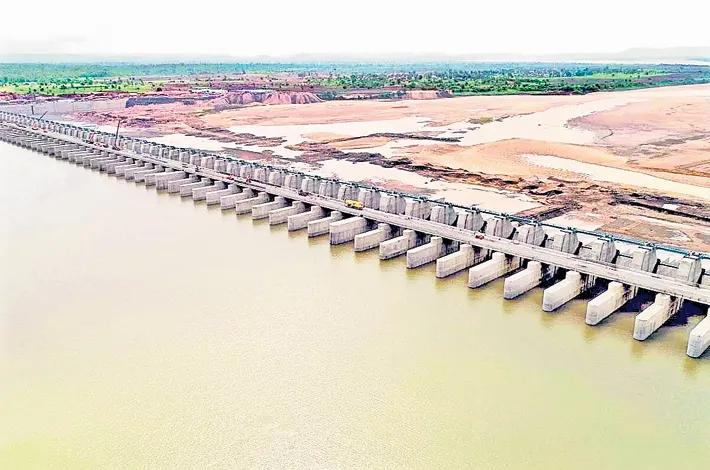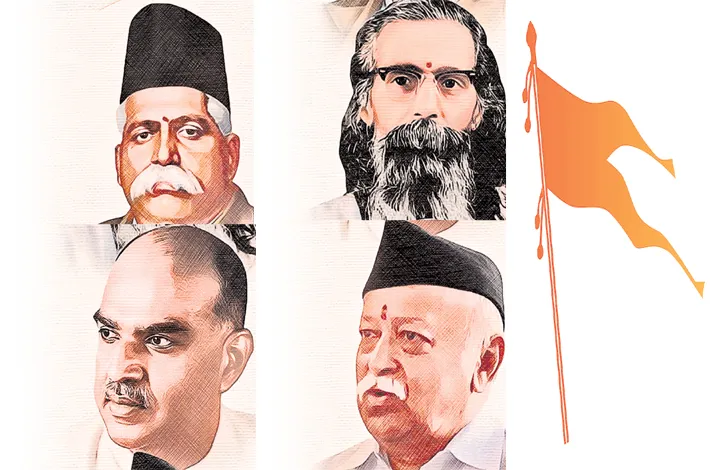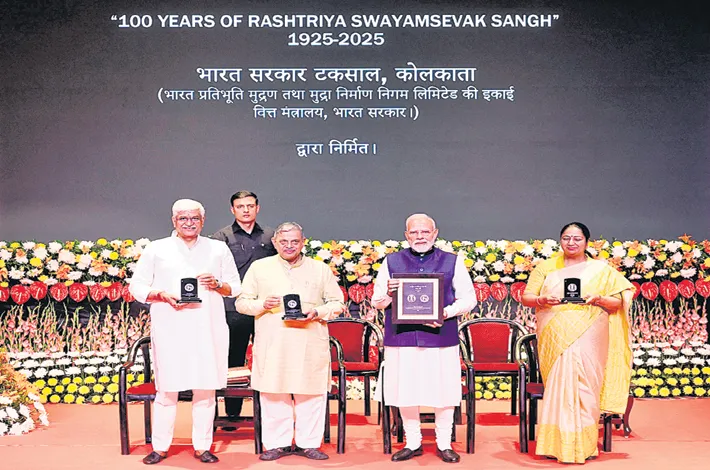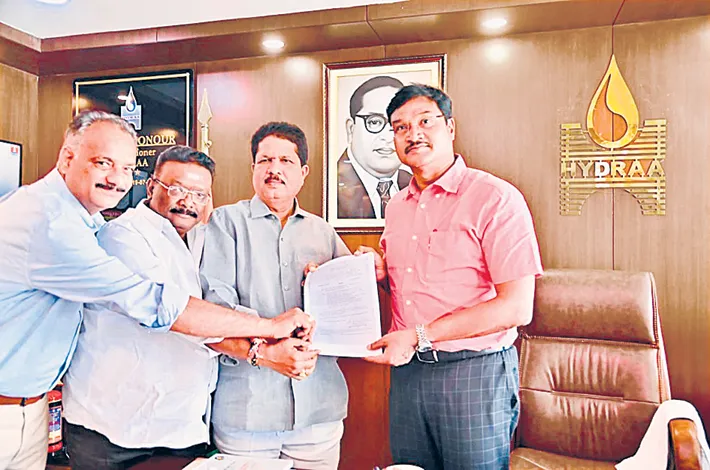TG accelerates restoration of Kaleshwaram Barrages
02-10-2025 12:00:00 AM

- Telangana government issues Expression of Interest (EoI) for restoration designs of Medigadda, Annaram, and Sundilla barrages to revive KLIP.
- EoI deadline set for October 15, 2025, with proposals opening the same evening for transparency.
- Move aligns with recommendations from the National Dam Safety Authority (NDSA) following critical dam safety assessments.
- The barrages have been inoperable since late 2023 due to structural failures; Medigadda suffered a partial collapse.
- The project aims to irrigate over 45 lakh acres using Godavari waters, but benefits have been limited so far.
In a decisive move to revive the Kaleshwaram Lift Irrigation Project (KLIP), the Telangana government has called for Expressions of Interest (EoI) from design agencies to prepare comprehensive restoration plans for the Medigadda, Annaram, and Sundilla barrages. This step aligns with recommendations from the National Dam Safety Authority (NDSA) and underscores the state's commitment to repairing these critical structures, which have been inoperable since late 2023. Proposals are due by October 15, 2025, marking a crucial milestone in KLIP’s recovery.
Expert assessments have highlighted "irreparable damage" to the three barrages, which are central to KLIP—one of India’s largest multi-stage lift irrigation schemes intended to irrigate over 45 lakh acres across Telangana. The Medigadda barrage suffered a partial collapse of its seventh block on October 21, 2023, causing widespread seepage and halting water storage operations. While temporary repairs were made, experts warn against resuming storage without thorough rehabilitation, fearing further structural failures.
In response, the Telangana Irrigation Department approached the Union Ministry of Jal Shakti, leading to the NDSA establishing an expert committee in 2023, chaired by former Central Water Commission Chairman A.K. Bajaj. The committee’s preliminary report in May 2024 identified design flaws, poor construction, and maintenance lapses, declaring the barrages unsafe for water impoundment. The final NDSA report, delivered in early 2025, recommended the "safe removal" of the damaged seventh block of Medigadda and comprehensive rehabilitation involving advanced structural assessments and reinforcements. The report emphasized health evaluations of the structures to prevent future failures, amid ongoing scrutiny of KLIP’s engineering and financial viability, which has already exceeded ₹1 lakh crore with limited irrigation benefits.
To implement these directives, the Irrigation Department has launched a tender process. Design agencies must submit sealed proposals to the Chief Engineer, Central Designs Organisation, by 3 PM on October 15, 2025. Proposals will be opened the same evening for transparency. Selected firms will work closely with the NDSA committee to develop detailed designs, focusing on seismic resilience, seepage control, and sustainability for all three barrages. Full technical specifications are available on the department’s official website.
This rehabilitation effort aims to restore KLIP’s potential to mitigate drought in upland districts by lifting water from the Godavari. However, the NDSA’s findings have sparked debate over cost-effectiveness, with critics calling it a "white elephant" due to design flaws and reliance on unproven pumping technology. Supporters, including government officials, believe prompt rehab can enable irrigation for 1.5 million acres in the upcoming Rabi season, boosting agriculture.
Stakeholders, including farmers and environmental groups, have welcomed the initiative but urge faster timelines and independent oversight. The Department has assured that post-design phases will include public consultations and environmental clearances.








